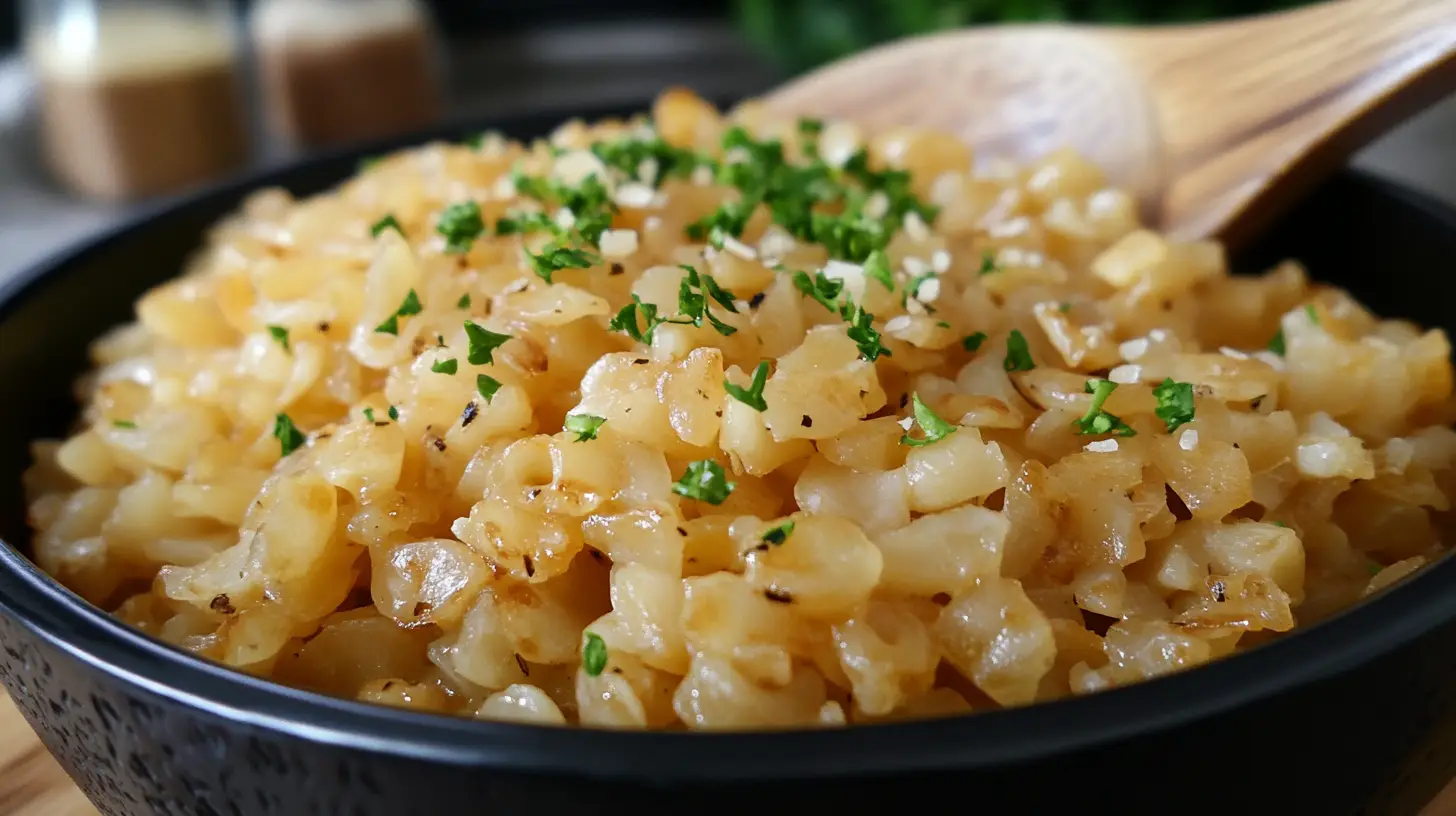Table of Contents
There’s something magical about pastina. It’s tiny, unassuming, and yet deeply comforting—a dish that evokes childhood memories, cozy evenings, and the unmistakable warmth of Italian home cooking. Whether you’re feeling under the weather, craving something simple yet satisfying, or introducing a little one to their first solid food, pastina is the answer. This humble, quick-cooking pasta is steeped in tradition, yet versatile enough to be reinvented in countless ways.
Let’s dive deep into everything pastina: its history, variations, nutritional value, and of course, how to make the perfect bowl.
What Is Pastina Recipe? More Than Just Tiny Pasta
Pastina—literally meaning “little pasta” in Italian—is the smallest pasta variety, often shaped like stars (stelline), tiny dots, or rice-like grains. But don’t be fooled by its size. It carries a rich culinary heritage, deeply rooted in Italian kitchens where grandmothers have been stirring up steaming bowls of pastina for generations.
What makes pastina so beloved? Speed, simplicity, and soul-warming goodness.
- Cooks in minutes – Perfect for quick meals.
- Versatile base – Works in soups, creamy dishes, or even baked casseroles.
- Comforting texture – Soft and soothing, making it a go-to dish for babies, kids, and anyone in need of a gentle meal.
If you love classic Italian comfort food, you might also enjoy this Jersey Mike’s Italian Sub recipe, another must-try for sandwich lovers.
Classic Pastina Recipe (The Creamy, Cozy Version)

Ingredients You’ll Need
- ¾ cup pastina (stelline, orzo, or another small shape)
- 3 cups chicken or vegetable broth (water works too, but broth adds depth)
- 1 tbsp butter (for richness)
- ¼ cup grated Parmesan cheese (salty, nutty goodness)
- 1 egg (optional, for creaminess)
- Salt & black pepper, to taste
Step-By-Step Instructions
- Heat the broth – In a saucepan, bring the broth to a gentle boil over medium heat.
- Add the pastina – Stir in the tiny pasta and let it cook, stirring occasionally, until it absorbs most of the liquid (about 3-5 minutes).
- Incorporate butter & cheese – Remove from heat, stir in butter until melted, then add grated Parmesan, letting it melt into the pastina.
- For extra creaminess: Add an egg – Crack an egg into a bowl, whisk it lightly, then slowly drizzle it into the hot pasta, stirring continuously. This creates a luscious, velvety texture similar to Italian stracciatella soup.
- Season & serve – Add salt and pepper to taste. Serve warm and enjoy the ultimate bowl of comfort.
Love easy, hearty dishes? Check out this Rana Lasagna recipe for another Italian classic.
The Art of Perfecting Pastina Recipe: A Deep Dive
Cooking pastina might seem straightforward, but small details can make a big difference. Let’s go beyond the basic recipe and unlock the secrets to an unforgettable bowl of pastina.
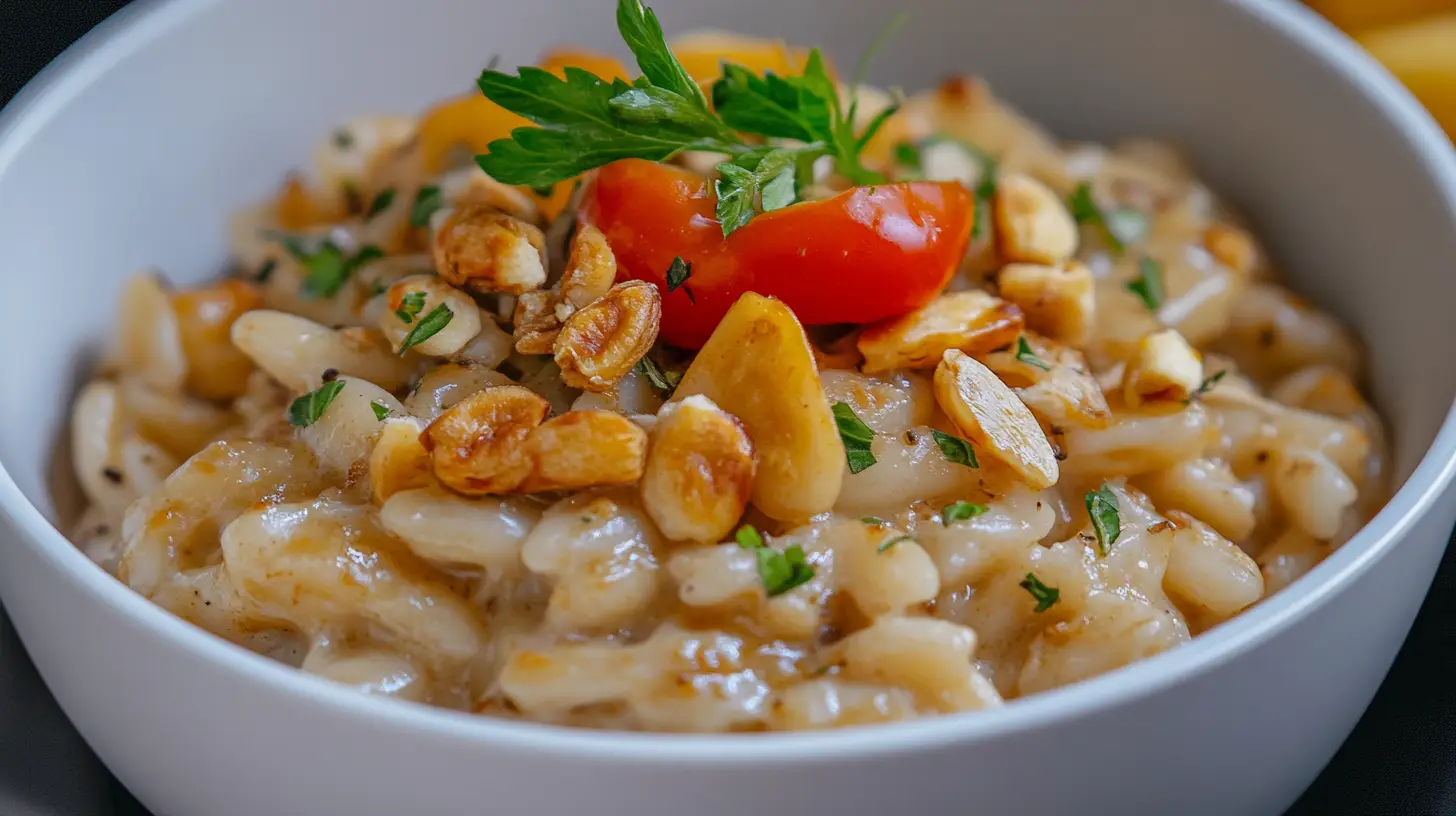
1. Choosing the Right Liquid Matters
Water will cook your pastina recipe, but broth will elevate it. A rich, homemade broth infused with onions, garlic, and herbs creates depth and complexity, giving your pastina a soul-warming quality. If you’re short on time, a store-bought, low-sodium broth works just as well—just be sure to season accordingly.
2. Stirring: The Hidden Technique
Want a bowl of pastina that’s silky and cohesive, rather than clumpy? Stir frequently, but not aggressively. The goal is to keep the grains separate while allowing the starch to naturally thicken the broth, creating a lightly creamy consistency.
3. The Power of Cheese Selection
Parmesan is a classic, but why stop there? Experiment with different cheeses:
- Pecorino Romano – Adds a sharper, saltier bite.
- Ricotta – Brings a subtle sweetness and ultra-creamy texture.
- Mozzarella – For a melty, gooey consistency.
Feeling adventurous? Try cottage cheese recipes for a high-protein twist!
Pastina Recipe Variations
1. Pastina Soup (Italian Penicillin)
Feeling under the weather? A bowl of pastina in brodo—aka Italian chicken soup—is like a warm hug. Simply cook pastina in broth with carrots, celery, and a hint of garlic, and you’ve got the perfect healing dish.

2. Cheesy Pastina (Italian Mac & Cheese Twist)
Swap out your usual mac & cheese for a cheesy pastina upgrade! Mix in cheddar, mozzarella, and Parmesan, then top it with a light sprinkle of toasted breadcrumbs for a delicious crunch.
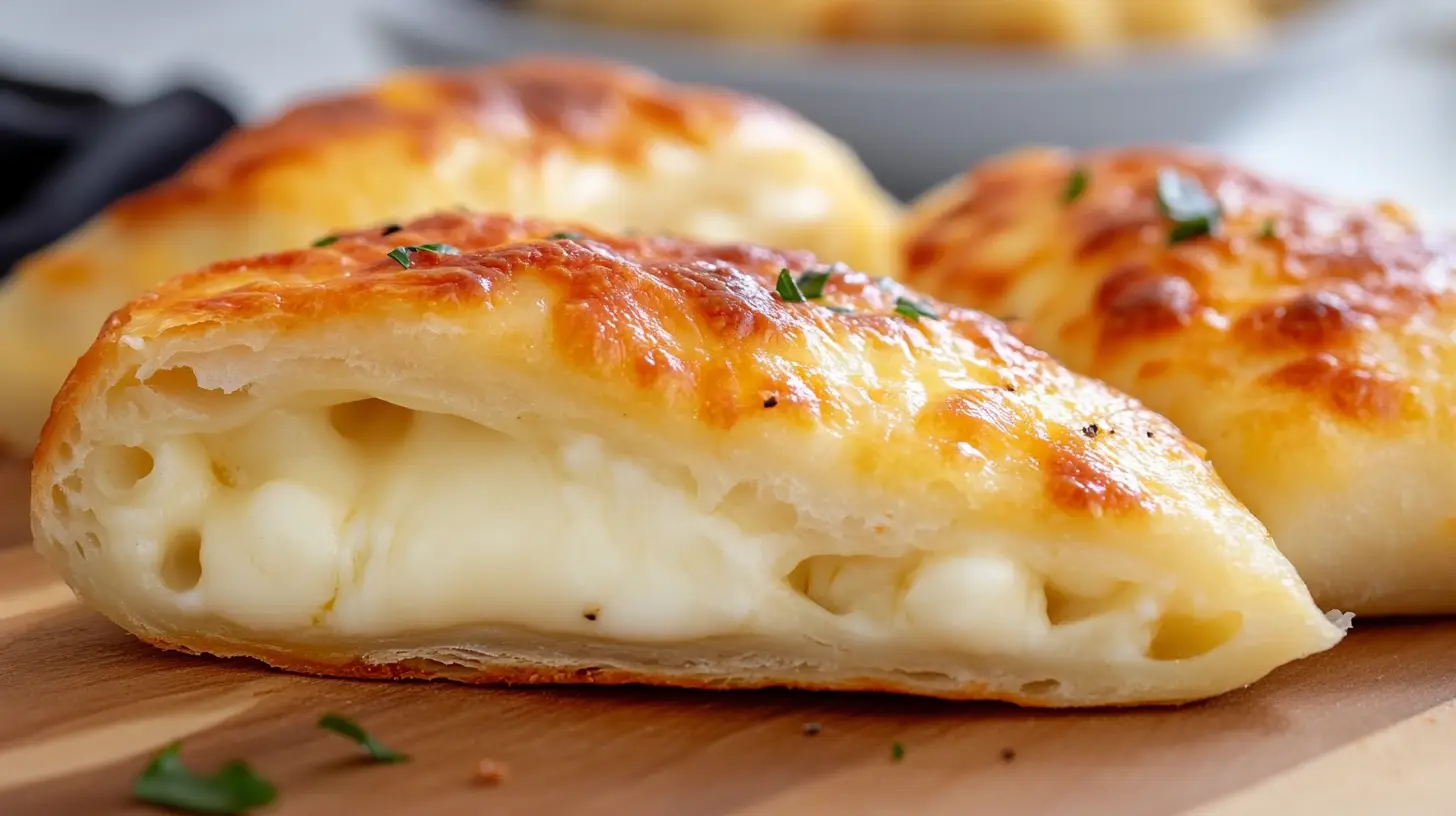
3. Pastina for Babies & Toddlers
Because of its small size and soft texture, pastina is one of the first solid foods many Italian babies eat. Cook it in mild vegetable broth or milk, then mix with pureed carrots, sweet potatoes, or mashed avocado for a nutrient-packed meal.
For another cozy meal idea, try this Bisquick dumpling recipe—perfect for chilly nights!
Nutritional Benefits of Pastina Recipe
Is pastina healthy? It depends on how you make it! Here’s a breakdown:
✔ Provides quick energy – Great for kids, athletes, or anyone needing a fast, easy meal.
✔ Gentle on digestion – Ideal for babies, seniors, and those with sensitive stomachs.
✔ Can be protein-packed – Just add an egg, cheese, or a side of grilled chicken.
✔ Low in fat – Unless you load it up with butter (which, let’s be honest, is worth it).
Want something high in protein and flavor? Try this French Onion Meatloaf recipe for a hearty meal option.
Pastina Recipe as a Comfort Food
Few dishes embody comfort and warmth as perfectly as pastina. Whether it’s a steaming bowl on a chilly evening, a simple remedy for an upset stomach, or a nostalgic meal that reminds you of childhood, pastina has long been a staple in Italian households for its soothing qualities.
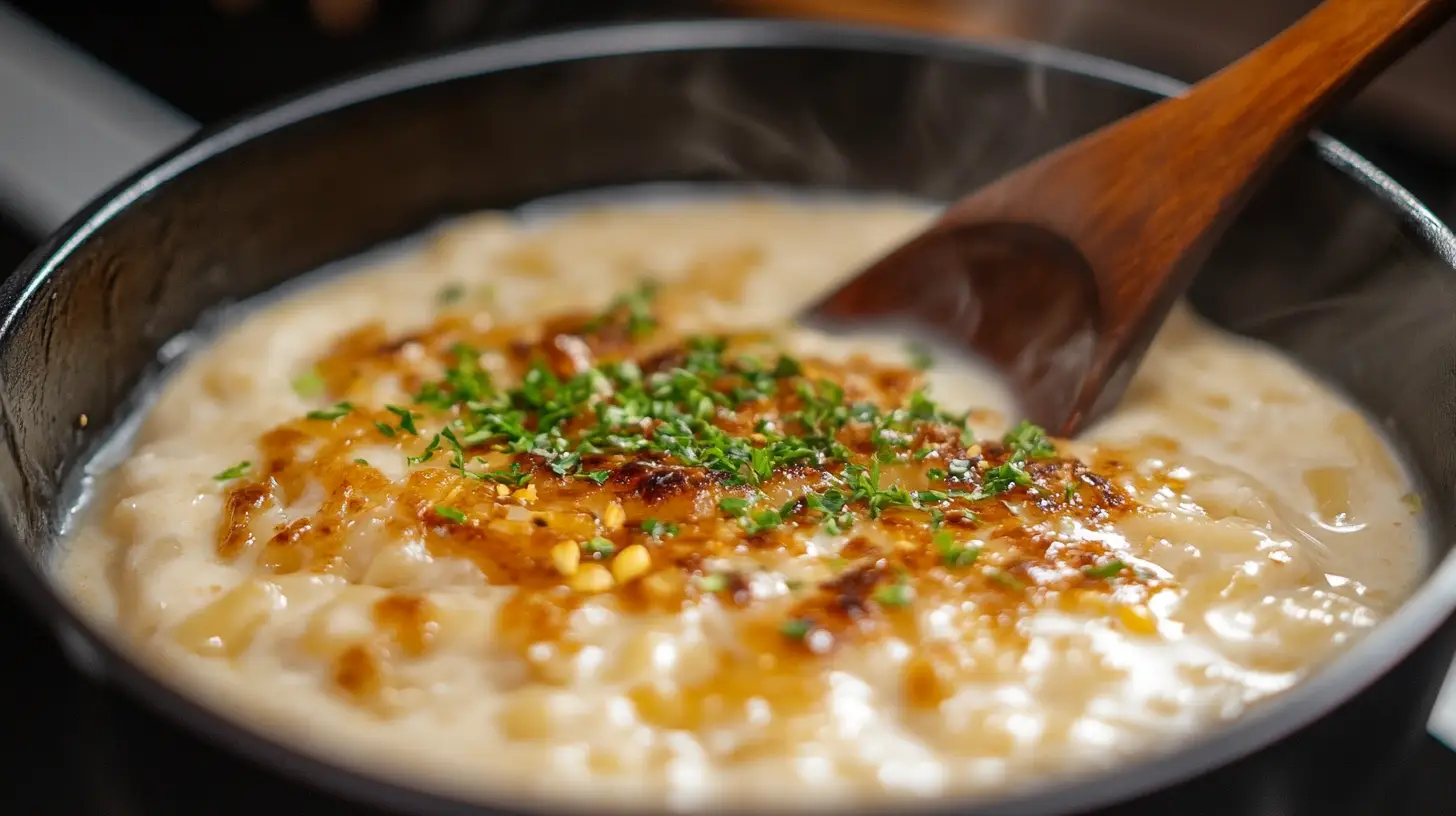
Why It’s Perfect for Sick Days
When you’re feeling under the weather, heavy meals can seem unappetizing, and even the thought of cooking might feel overwhelming. That’s where pastina shines.
✔ Gentle on the Stomach – Its small size and soft texture make it easy to digest, perfect for those recovering from illness.
✔ Hydrating & Nourishing – When cooked in broth, pastina helps replenish fluids and electrolytes, much like traditional chicken soup.
✔ Quick & Easy – Ready in just 3 to 5 minutes, making it an effortless meal when energy is low.
✔ Soothing Warmth – The mild, creamy consistency provides a sense of instant comfort, especially when served warm with butter or cheese.
A simple bowl of pastina recipe in brodo (pastina cooked in broth) has even been dubbed “Italian Penicillin” for its role in home remedies for colds and flu. Just add a touch of garlic, lemon juice, or freshly grated Parmesan, and you have a dish that nourishes both body and soul.
Psychological and Emotional Benefits
Comfort food is about more than just nourishment—it’s about the feelings it evokes. Pastina carries deep emotional significance for many people, serving as a reminder of childhood, family, and warmth.
- Nostalgia – Many Italians recall their grandmothers preparing pastina on rainy days or when they were feeling unwell. That sense of tradition and care lingers well into adulthood.
- Calming & Soothing – The simple act of preparing and eating pastina can be meditative, providing a moment of quiet and relaxation.
- A Sense of Home – Even a basic bowl of pastina has the power to transport you back to the comforts of home, no matter where you are in the world.
In a fast-paced world, sometimes all we need is a bowl of something familiar—a dish that wraps us in warmth and tells us everything will be okay.
Pastina Recipe for Babies and Toddlers
One of the earliest solid foods introduced to Italian babies, pastina is a gentle, nutritious, and easy-to-eat option that has been a trusted favorite for generations.
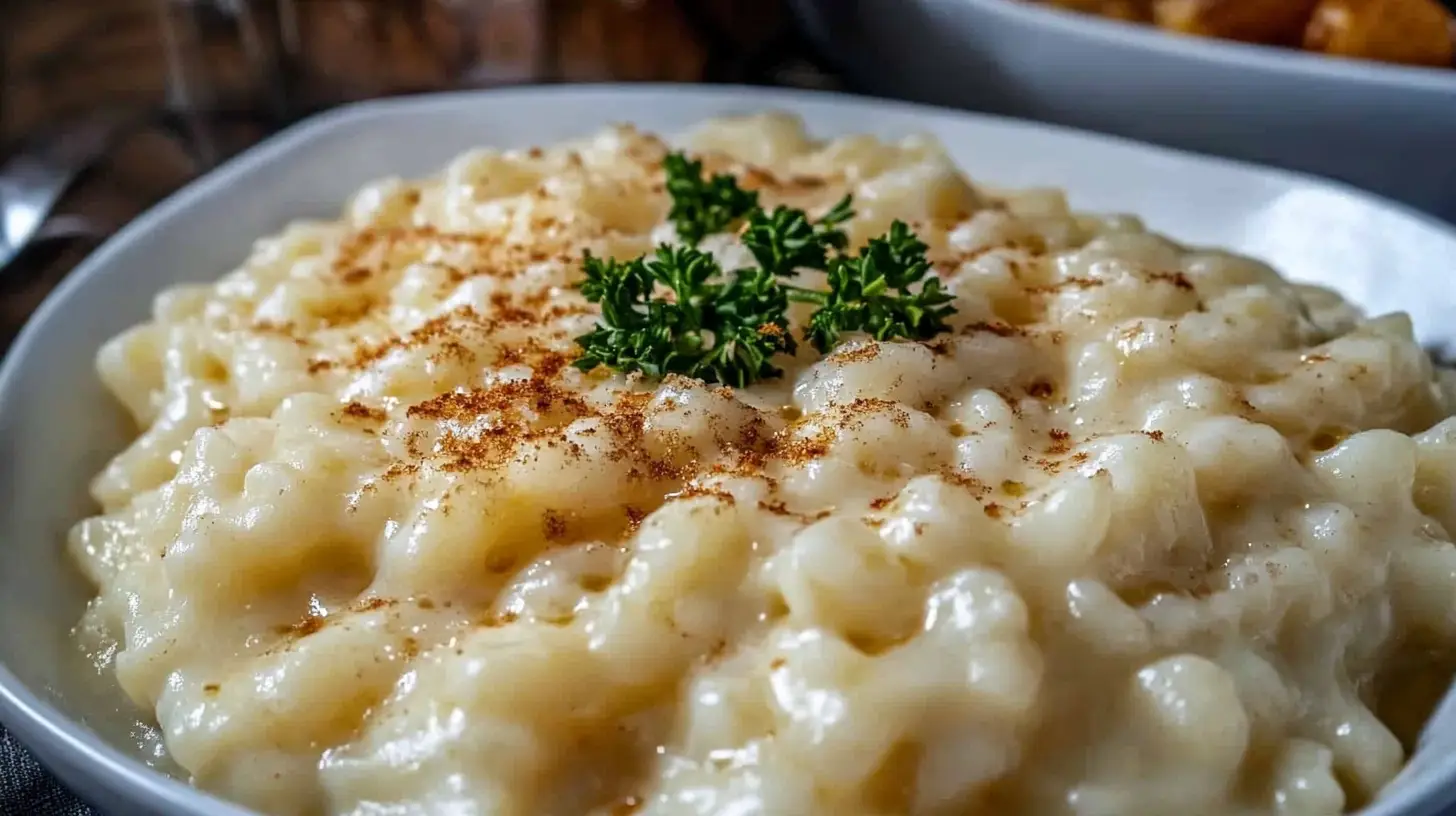
How to Prepare a Baby-Friendly Pastina Recipe
When preparing pastina for babies and toddlers, it’s important to keep it soft, mild, and easily digestible. Here’s how to make a baby-friendly version:
✔ Cook in Water, Broth, or Milk – Avoid heavy seasonings and cook pastina in low-sodium broth, plain water, or milk for a creamy texture.
✔ Mash or Puree – For younger babies, blend the cooked pastina with a little mashed vegetables, avocado, or soft cheese to create a smooth consistency.
✔ Skip the Salt – Babies’ kidneys aren’t fully developed to handle excess sodium, so it’s best to leave out added salt.
✔ Introduce Flavors Slowly – Once your baby is used to pastina, you can gradually introduce mild spices, pureed veggies, or finely shredded cheese.
Simple Baby Pastina Recipe
Ingredients:
- ¼ cup pastina
- ½ cup water, broth, or milk
- 1 tsp unsalted butter (optional)
- Mashed carrots, sweet potatoes, or soft cheese (optional)
Instructions:
- Bring the water, broth, or milk to a gentle simmer.
- Add pastina and cook for 3-4 minutes, stirring frequently.
- Stir in butter or mashed vegetables for added flavor and nutrition.
- Mash or blend as needed for younger babies.
Nutritional Considerations
Pastina is a great choice for babies, but balancing nutrition is key. Consider these factors:
✔ Carbohydrates for Energy – Provides a quick source of fuel for growing babies.
✔ Iron & Protein Boost – Mix in egg yolk, pureed beans, or cheese to increase protein and essential nutrients.
✔ Healthy Fats for Brain Development – Stir in olive oil, avocado, or a small amount of butter for extra nourishment.
✔ Fiber & Vitamins – Blend in soft vegetables like zucchini, carrots, or peas for added vitamins and digestion support.
Pastina is more than just a first food—it’s a warm, loving introduction to the world of flavors and family traditions. Whether served as a gentle meal for a toddler or a nostalgic bowl for an adult, pastina remains a timeless comfort food across all generations.
FAQs About Pastina Recipe
1. Why is Pastina Being Discontinued?
Pastina has been a pantry staple for generations, but in early 2023, one of the most well-known brands, Ronzoni, announced that it would discontinue its production due to supply chain issues and manufacturing constraints. However, other brands, such as Barilla and De Cecco, continue to produce pastina, and many stores offer similar tiny pasta shapes under different names.
If you’re having trouble finding pastina, you can use substitutes like orzo, acini di pepe, or ditalini, which have a similar texture and cooking time.
2. What Can You Put in Pastina?
One of the best things about pastina is its versatility. You can keep it simple with just butter and cheese or elevate it with additional ingredients. Here are some popular ways to enjoy it:
✔ Classic Comfort – Butter, Parmesan cheese, and a touch of black pepper.
✔ Creamy & Rich – Add a whisked egg for a silky texture, similar to stracciatella soup.
✔ Nutritious & Hearty – Cook with chicken or vegetable broth and add sautéed spinach, zucchini, or carrots.
✔ Protein-Packed – Stir in shredded chicken, ground turkey, or soft tofu for a filling meal.
✔ For Babies & Toddlers – Mix with mashed sweet potatoes, carrots, or mild cheese for an easy-to-eat dish.
You can get creative with pastina based on your dietary preferences and nutritional needs!
3. Are You Supposed to Drain Pastina?
No, in most traditional pastina recipes, you do not need to drain it. Unlike larger pasta shapes, pastina is typically cooked directly in broth, milk, or water, absorbing most of the liquid as it softens. This creates a naturally creamy texture, especially when combined with butter or cheese.
However, if you accidentally add too much liquid, you can drain any excess before stirring in your final ingredients. For a soupy version, simply add more broth!
4. What Is So Special About Pastina?
Pastina holds a special place in Italian cuisine and culture for several reasons:
- Childhood Nostalgia – Many Italians and Italian-Americans grew up eating pastina as one of their first solid foods.
- Ultimate Comfort Food – Its warm, creamy consistency makes it perfect for cold days or when you’re feeling unwell.
- Quick & Easy – It cooks in just 3 to 5 minutes, making it a go-to for busy days.
- Versatile & Customizable – Whether you like it brothy, cheesy, or loaded with veggies, pastina can adapt to any taste.
It may be small, but pastina is big on tradition, comfort, and flavor—a true classic that will always have a place in the kitchen. 🍲✨
Final Thoughts
Pastina is more than just tiny pasta—it’s a culinary hug in a bowl. Whether you enjoy it as a simple childhood favorite, a rich cheesy dish, or a nourishing soup, this classic Italian comfort food will never disappoint.
Looking for the perfect Italian-inspired pairing? Sip on a delicious Carajillo—a rich espresso cocktail—to complement your pastina meal.

